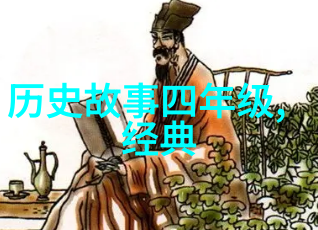北魏时期,作为中国历史上的一个重要阶段,其文化艺术尤为辉煌。其中,绘画艺术不仅在形式上达到了前所未有的高度,更在内容和风格上展现了独特的人文典故阅读内容。

1. 继承与发展
北魏继承了西汉末年至东汉初年的绘画传统,同时吸收了佛教、道教等外来文化的影响。这种多元融合使得北魏绘画呈现出一种独特的风格,即既保持了传统美学,又不断创新,不断发展。

2. 形式之变
在形态上,北魏的绘画更加注重线条流畅、色彩丰富。在人物肖像方面,线条细腻生动,对比鲜明;山水田园图则表现出了宁静淡泊的情怀。在动物题材中,也有着精湛的手法,如《马踏飞燕》中的飞燕雕琢细致。

3. 内容深度
人文典故阅读内容是北魏绘画的一个显著特点。这一时期许多作品都以古代神话、史迹为主题,如《搜神记》、《世说新语》的插图,这些作品不仅展示了一种对历史和神话故事的热爱,还反映了一种追求知识、探究真理的心态。

4. 风格多样性
尽管存在一定的一致性,但北魏各个地区乃至不同的学校也各有特色。如河南洛阳等地形成了以简洁笔触描写自然景物为主的洛阳派,而山西晋阳则以装饰性强、情感丰富著称。此外,还有“五行”、“八法”等技艺专门用于书法,它们同样体现出当时人的审美趣味和技术水平。

5. 社会影响力
由于其高超技艺和深厚内涵,北魏绘画不仅受到宫廷赞赏,而且广泛流传于民间。它成为一种文化交流方式,让人们通过视觉享受到古代诗词歌赋带来的精神享受,从而增进对古代文化的人文典故阅读内容理解与欣赏。
总结
North Wei period, a time of cultural flourishing in China's history, saw the rise of painting as an art form that not only reached new heights in terms of technique but also exhibited unique content and style, deeply rooted in humanistic readings.
The period inherited the traditional painting styles from Han to Eastern Han dynasties and absorbed influences from Buddhism and Taoism, creating a distinctive fusion that showcased both continuity with tradition and innovation.
In terms of form, North Wei paintings are characterized by smooth lines and vivid colors. Portraits are detailed with fine lines while landscapes convey tranquility; animal subjects demonstrate intricate techniques such as "Ma Tread Flying Swallows" where swallows are finely carved.
Humanistic readings were prevalent during this era with many works depicting ancient myths or historical events like illustrations for "Search for Spirits" or "New Sayings". These artworks reflected a desire for knowledge-seeking truthfulness among people at the time.
Despite some consistency across regions and schools, each area developed its own distinct style; e.g., the school based in Henan's Luoyang emphasized simplicity while those based in Shanxi's Jin Yang featured rich emotions.
Finally, due to their exceptional skill level and profound substance, North Wei paintings gained popularity beyond palace walls spreading through society as a means of cultural exchange allowing people to appreciate ancient poetry through visual aesthetics thus deepening understanding & appreciation for humanistic readings within Chinese culture.




